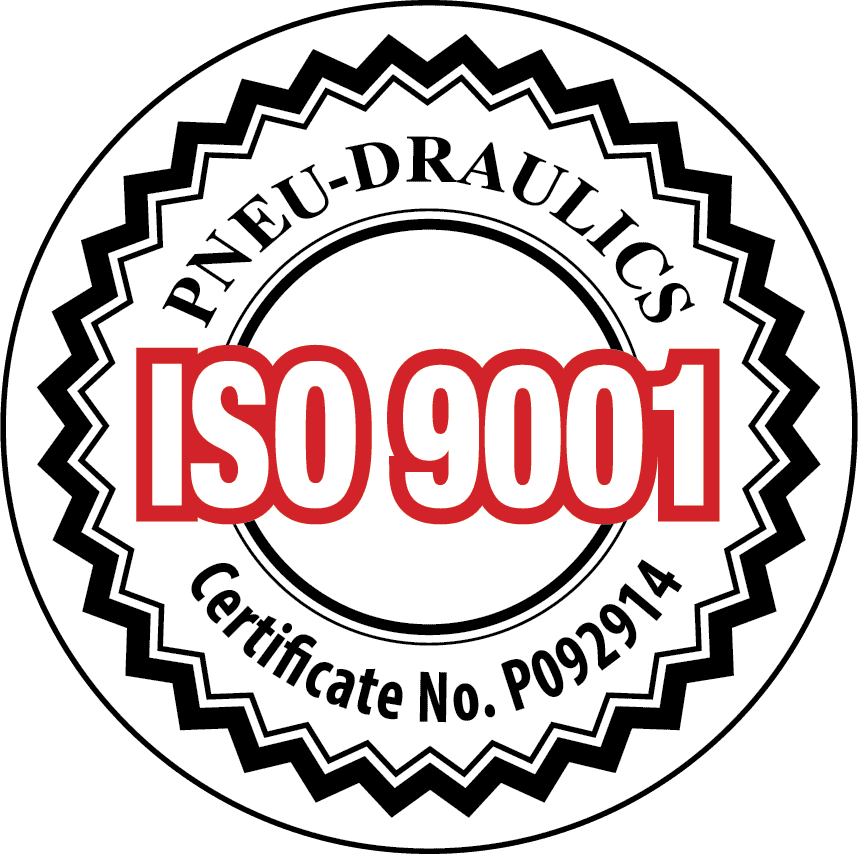Seals help ensure safe, efficient, and leak-free operations, particularly in industries that demand high performance. From aerospace to oil and gas, rubber seals are integral to the function of complex systems. However, when operating in extreme conditions—such as high temperatures, high pressures, and corrosive environments—standard seals will not suffice. Seal products used in these settings must be specifically engineered to withstand harsh conditions without compromising performance. Proper seal selection is critical for ensuring operational integrity and longevity.
This blog post explores how rubber seals behave under extreme environmental conditions and identifies the material and design choices that enhance their durability and functionality.
How Seals Perform in Extreme Environments
Extreme conditions impact seals in several critical ways, requiring careful consideration of both material composition and component design.
High-Temperature Exposure
Rubber seals can undergo significant changes when exposed to high heat. Traditional rubber compounds may soften, lose their elasticity, or experience chemical degradation when subjected to extremely high temperatures. These changes reduce sealing efficiency and heighten the risk of failure. In real-world applications, such as in an engine compartment or near industrial furnaces, rubber seals must resist long-term thermal exposure to avoid cracking, hardening, or becoming brittle over time.
The type of rubber selected greatly influences performance. For instance, fluoroelastomers and silicone rubbers maintain their elasticity and sealing capabilities even at higher temperatures. These materials are especially valuable in industries where thermal resilience is essential, such as the aerospace, automotive, and chemical processing industries. Conversely, seals made from natural or standard synthetic rubber can degrade quickly in similar conditions, leading to premature failure.
High-Pressure Conditions
Seals in high-pressure systems, such as hydraulic pumps or deep-sea drilling equipment, must be tough enough to resist deformation or rupture. Under intense pressure, poorly designed seals can compress excessively, leak, or even break apart.
Materials like polyurethane, PTFE (polytetrafluoroethylene), and specialized rubber blends are better suited for these environments because they exhibit excellent pressure resistance, enabling a tight seal without distortion. Designers can also adjust the seal’s structure by increasing its thickness or incorporating backup rings and other reinforcements to help it maintain shape and effectiveness under stress.
Chemical and Corrosive Environments
Corrosive fluids and aggressive chemicals pose another major challenge. In industries like chemical processing and pharmaceuticals, seals come into direct contact with solvents, acids, and oxidizers that can erode or chemically alter the material. To combat this, seals must be chemically inert and non-reactive. Engineered rubber compounds and ethylene propylene diene monomer (EPDM) are often used for their excellent chemical resistance, which helps prevent contamination and product loss in addition to withstanding corrosion.
Key Features of High-Performance Seals
How well a seal performs in an extreme environment depends on its design and material composition. High-performance seals are developed with several essential features in mind:
- Chemical resistance. When exposed to harsh environments, seals must resist a broad range of chemicals to protect sensitive equipment and prevent dangerous leaks or material degradation. This is especially important in environments dealing with acids, solvents, or hydrocarbons.
- Reduced friction and wear. Lower friction levels prevent excessive wear on the seal and its adjoining equipment. This prolongs the operational life of components and minimizes maintenance requirements and costs.
- Superior leak resistance. A leak-proof design is critical for seals placed in pressurized or hazardous environments. High-quality seals form tight barriers that prevent fluid escape, supporting both process integrity and environmental compliance.
- Versatility across applications. A wide range of seal types can be designed to meet an application’s specific requirements, from cryogenic temperatures to ultra-high pressures or corrosive process fluids. This versatility makes them a reliable choice for various sectors, including oil and gas, food processing, pharmaceuticals, and aerospace.
Contact the Experts at Pneu-Draulics
For over 40 years, Pneu-Draulics has been a trusted global supplier of high-performance sealing solutions for both OEM and MRO markets. As an ISO 9001:2015 certified company, we are committed to delivering seals that meet the strictest dimensional, material, and customer specifications. Our expertise in design consultation and product engineering ensures you receive the right components for your unique environment.
Our capabilities are backed by our quality certifications and government contracting codes:
- ISO 9001:2015
- CAGE Code: 8V217
- UEI Number: NZLPJ3WBMDA8
- NAICS Codes: 339991, 541330, 326291, 326299
Whether you need custom-engineered o-rings or expert recommendations, our technical specialists are here to help. Contact us to speak with an experienced team member, or request a quote to get started on your project.

